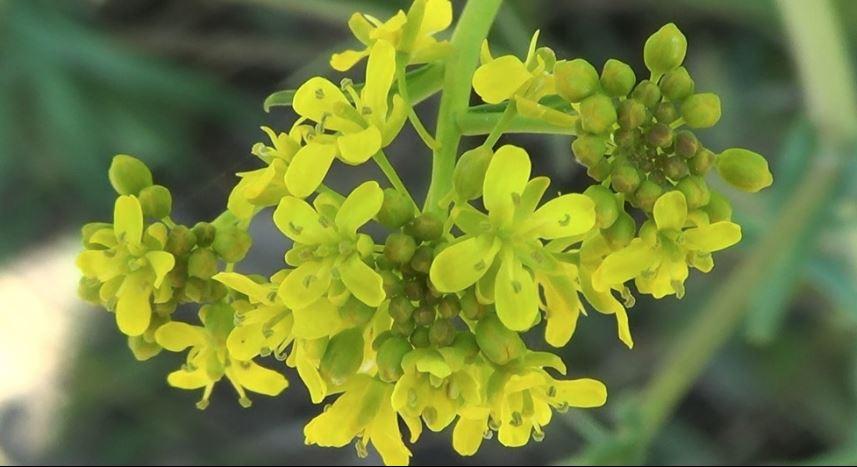



Isatis tinctoria
Dyer's Woad
- Category: Border Gems
- Height: 24-48 inches
- Bloom Color: Yellow
DYE PLANT Even the name conjures up images of Pictish warriors in the north of what is now Scotland using woad as body paint to psych themselves up to drive the English back south of Hadrian's Wall. Apparently this is probably more myth than legend as woad dye would reportedly produce a burning sensation on human skin and run like cheap mascara. But you could watch 'Braveheart' for an even less authentic version. This was all pre-Outlander, FYI; by then it was more like dying yarn blue to weave into your clan's signature plaid. But if your only battle is to dye stuff that perfect shade of blue, you're already the victor with this hardy biennial. How does a golden-flowered relative of cabbage and mustard turn fabric blue? It will send down a taproot and grow a 1 ft rosette the first season, and large sprays of yellow flowers the second. For best results, you want to get after those first year leaves and do several harvests as they grow back. The second year plants should be pulled before the seeds are ripe so you don't end up overwhelmed by woad seedlings. The dye comes from the fermentation and oxidation of the leaves. It produces the same chemical compound as indigo.
Check out these videos for more info and use:
https://youtu.be/1TKLE62U1CQ?si=e62FVXL8yq2idXxO
https://youtu.be/HKQK39ST_oM?si=y4su7MB8_gLh35BW
Exposure
| • | Sun |
Plant Sub-Group
| • | Border Gems |

